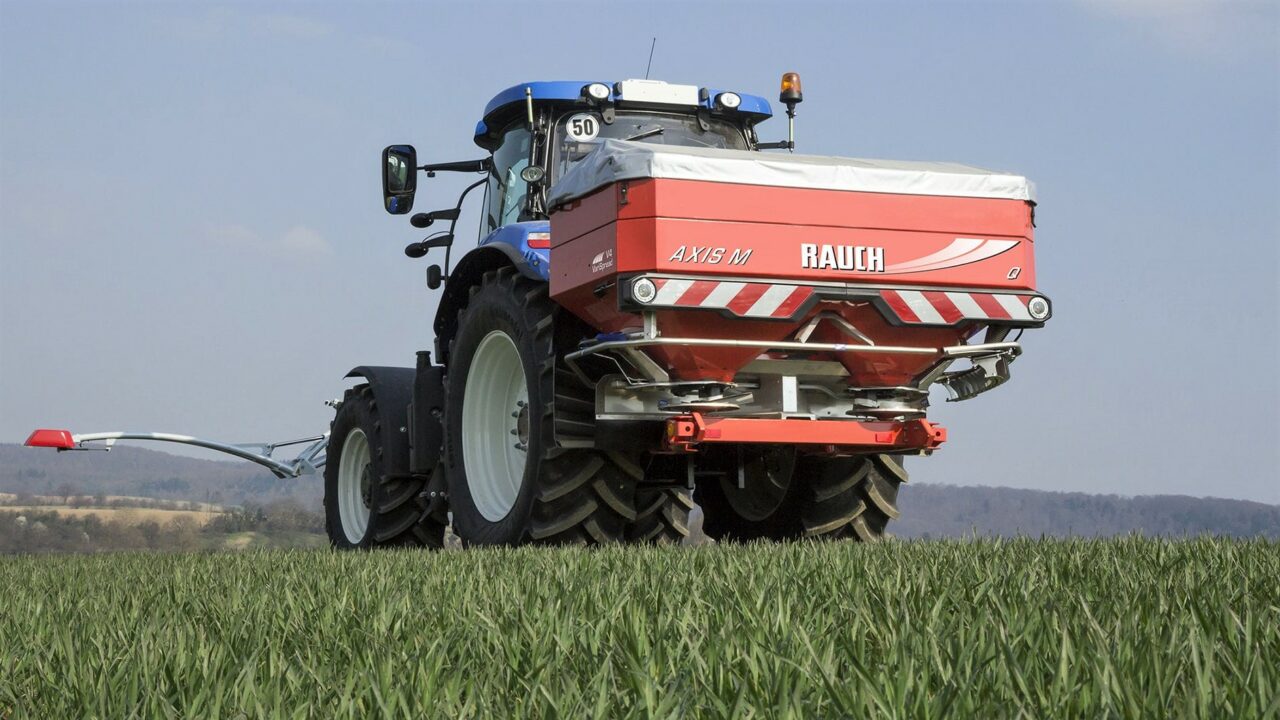Cork Farm Machinery – a member of the Farm Tractor and Machinery Trade Association (FTMTA) – is currently holding a series of open days this month, in conjunction with its dealers, to showcase Rauch fertiliser spreaders.
Front and centre at these events is the new Axis 50.2 EMC model – a largely electronic unit with a decidedly high specification.
Some of these events have already happened. For example, Mid Louth Garage in Ardee, Co. Louth, (also a Case IH dealer, among other brands) held its Rauch open day on Tuesday (December 5) at its main depot. It also held an event at its other depot in Ashbourne, Co. Meath, yesterday (December 6).
Naas Farm Machinery held a similar event today (December 7).
- Gordon Hegarty and Sons, Tullow, Co. Carlow, on December 8;
- Gordon Hegarty and Sons, Clifden, Co. Kilkenny, on December 11;
- Springmount Tractors, Gorey, Co. Wexford, on December 12;
- EMC Agri, Enniscorthy, Co. Wexford, on December 13;
- Buckley Agri, Listowel, Co. Kerry, on December 13;
- Kill Agri Services, Kilrossanty, Co. Waterford, on December 14.
All of the above dealers are also member firms of the FTMTA.
Interesting Rauch innovations
In somewhat related news, Rauch recently unveiled a drone that can spread fertiliser.
Rauch’s engineers essentially modified an eight-rotor Agronator ‘Octocopter’, which weighs 80kg and has a diameter of 4m. The modified unit’s on-board fertiliser hopper can carry 30kg of fertiliser.
So far, the drone has been tested spreading anti-slug bait, small seeds and mineral fertiliser. Its spreading system is an electrically-driven, one-disc unit – dubbed DRACO (Drone Application Copter); it is fed from a 50L hopper.
Two lithium-polymer batteries – or accumulators as Rauch refers to them – apparently provide enough energy for up to 40 minutes of flight-time. It then takes 20 minutes to recharge the unit – before it’s able to embark on its next fertiliser-spreading mission.

